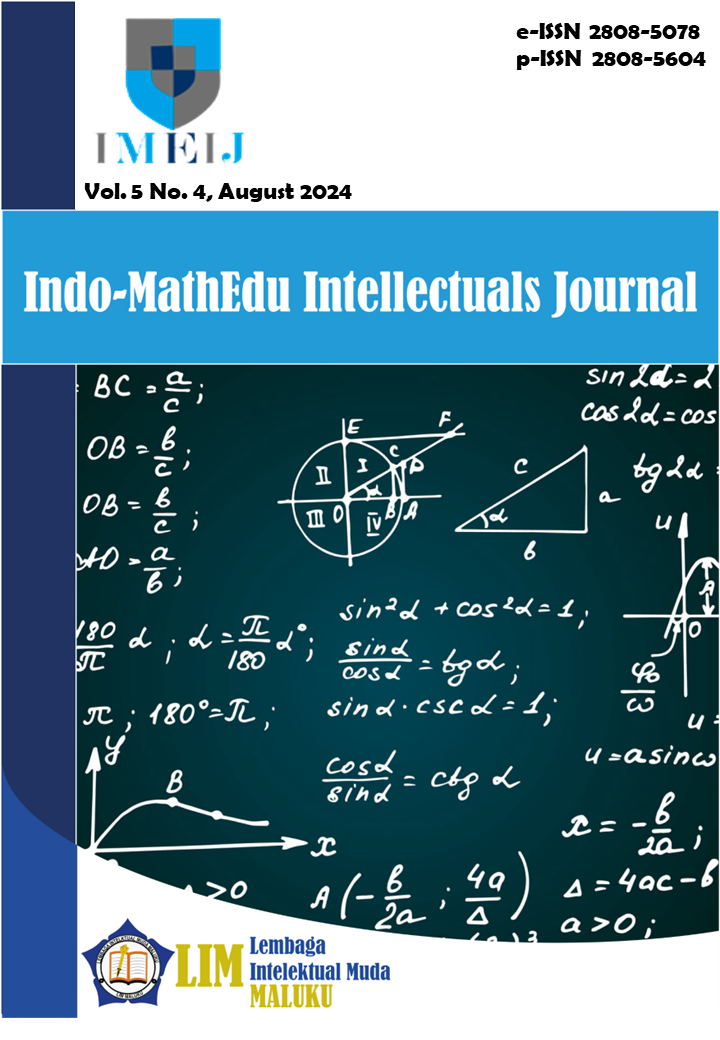Pengembangan Game Edukasi Menggunakan Gamification untuk Meningkatkan Hasil Belajar Siswa pada Mata Pelajaran Informatika Kelas X SMA Sederajat
Main Article Content
Abstract
Learning media is a tool used to convey subject matter to students in learning activities. However, there are still many schools that use learning media that are less attractive so that students tend to get bored in the learning process. The purpose of this study is to describe the development of educational games using the gamification method and produce educational games using gamification methods that are valid, practical, and effective in improving the learning outcomes of high school grade X students equivalent in Informatics. This type of research is development research that uses the ADDIE (Analyze, Design, Development, Implementation and Evaluation) development model. Validation test data from the material aspect obtained an average score of 4.80 with the criteria "Very Suitable". Meanwhile, in terms of media tested by two media validators, an average score was obtained from validator 1 of 4.93 in the "Very Valid" category and from media expert 2 of 4.87 in the "Very Valid" category. The practicality test results obtained an average score of 4.55 in the "Very Practical" category. The results of the effectiveness test obtained an average N-gain score of 68.18% which is included in the "Quite Effective" category. Based on this assessment, the educational game media developed is very suitable and effective for use in learning activities

